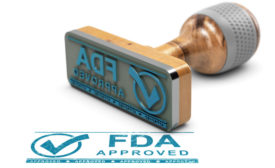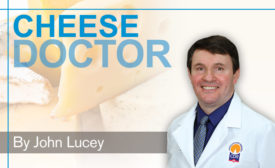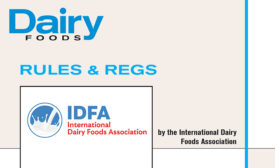Home » food safety
Articles Tagged with ''food safety''
Smart design, expert construction and new technologies can help conveying systems to maintain the highest standards in food safety and prevent dangerous and costly recalls.
Read More
Meet inspection and detection challenges
Metal detectors and inspection systems must keep pace with evolving dairy food trends if safety standards are to be met.
January 24, 2020
Riboflavin testing is a valuable evaluation tool
Riboflavin testing can measure the effectiveness of CIP processes
December 27, 2019
Penn State Extension offering free tools for small-scale cheesemakers
The online tools can help cheesemakers develop a food safety system.
December 17, 2019
Industrywide food safety initiative now available for small and artisanal ice cream companies
The Innovation Center for U.S. Dairy is leading the initiative.
October 30, 2019
Understand the Pasteurized Milk Ordinance
Understand the requirements of Appendix T in the Pasteurized Milk Ordinance
October 24, 2019
Food safety to take center stage at Process Expo
FPSA partners with the Food Safety Summit to offer six education courses during the trade show.
September 17, 2019
Farm-to-fork food safety ‘masterclass’
By applying commonsense protections from farm to fork and by selecting the most appropriate food inspection technology for the application, transparency can be enhanced and the risk of physical contaminants entering the food chain prevented.
September 3, 2019
Avoid top food safety issues in cheese plants
A proper facility design, environmental monitoring programs are key
August 22, 2019
Food safety should go beyond regulations
Why a food safety culture is fundamental
August 14, 2019
Stay ahead of the curve. Unlock a dose of cutting-edge insights.
Receive our premium content directly to your inbox.
SIGN-UP TODAYCopyright ©2025. All Rights Reserved BNP Media.
Design, CMS, Hosting & Web Development :: ePublishing











